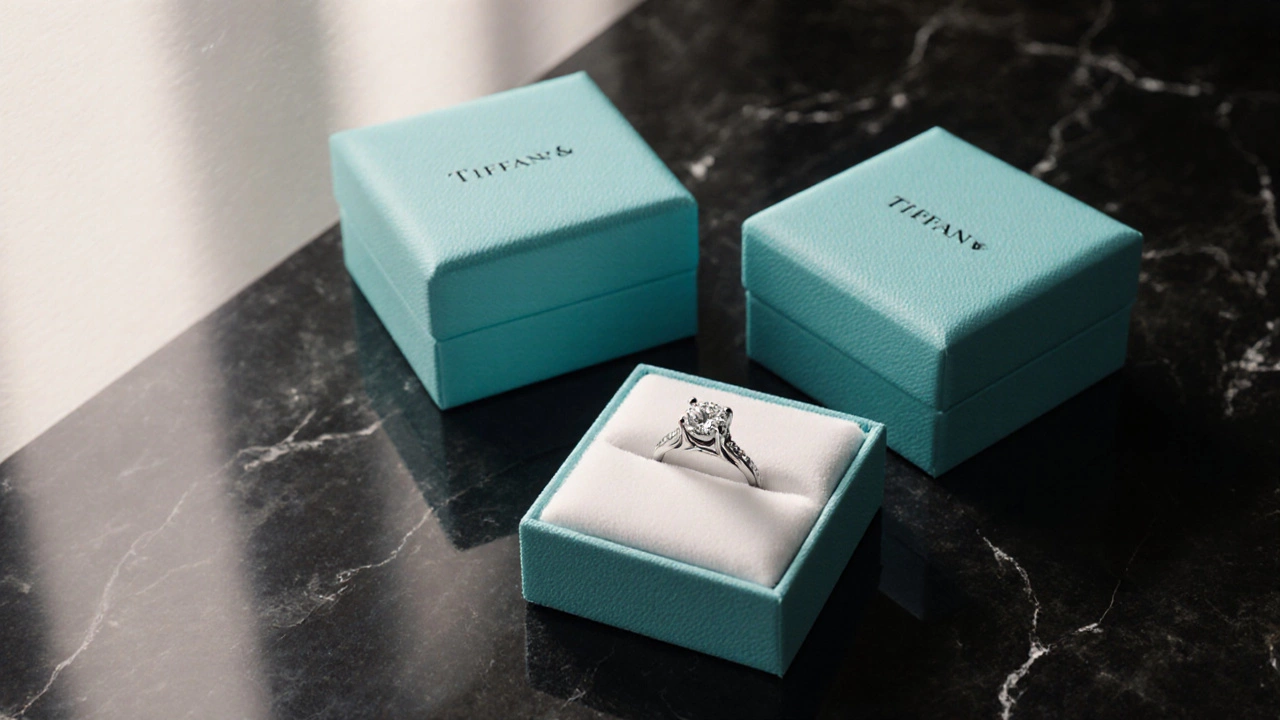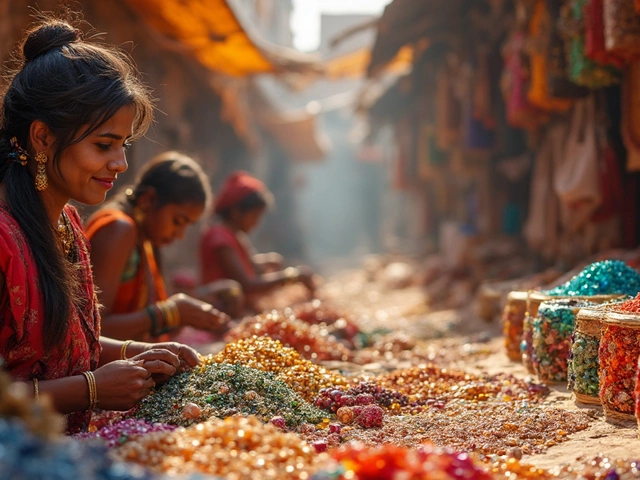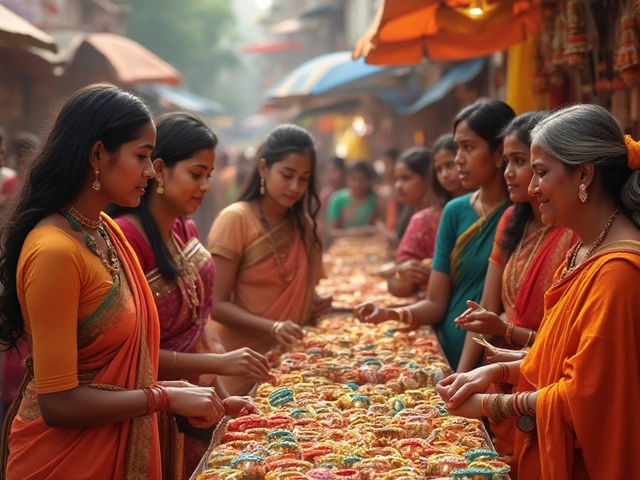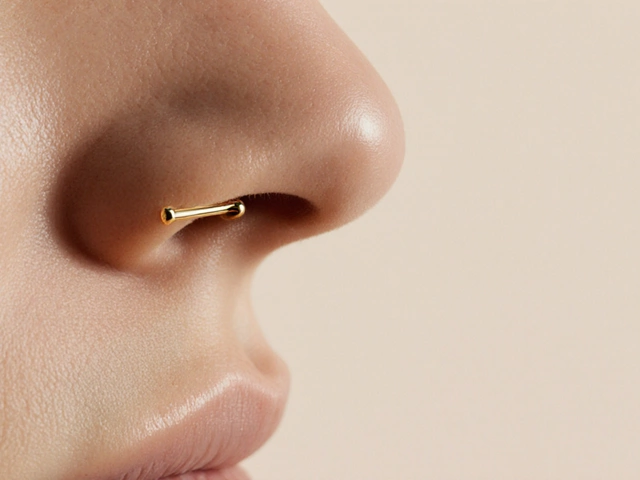Luxury Ring Investment: Turning Rings into Assets
When talking about Luxury Ring Investment, the practice of buying high‑end rings with the expectation that they will appreciate or retain value over time, you’re really looking at a blend of art, finance, and personal taste. Also known as ring investing, it requires a clear view of market trends, material purity and the story behind each piece. Luxury ring investment isn’t just for collectors; anyone who wants a wearable asset can start by understanding the core factors.
Key Factors to Consider
One of the most reliable entry points is Gold Rings, rings made from 18K or 22K gold that carry a globally recognized hallmark. Gold’s inherent scarcity and the 750 or 916 marks guarantee a baseline value, making it a staple of any ring‑focused portfolio. The purity level (18K vs 22K) influences both price and durability, so checking the hallmark is a non‑negotiable first step. Gold rings also benefit from seasonal pricing; buying during a dip can boost long‑term returns.
Next up are Diamond Rings, pieces featuring certified diamonds whose cut, color, clarity, and carat weight drive market price. Unlike gold, diamonds add a visual and emotional premium that often outpaces inflation. An investment‑grade diamond usually carries certifications from GIA or IGI, which act like a passport for resale. Pairing a diamond with a solid gold setting merges two strong assets, creating a ring that both shines and holds value.
If you’re hunting for something with a story, Vintage Jewelry, pieces that are at least 20‑30 years old and reflect a distinct design era can be a game‑changer. Vintage rings often feature unique craftsmanship, rare gemstones, or hallmarks no longer in production, which collectors prize. Their scarcity makes them less sensitive to short‑term market swings, and a well‑documented provenance can boost resale price dramatically.
All of these categories tie back to the concept of Resale Value, the amount a ring can be sold for after purchase, factoring in market demand, condition and brand reputation. High resale value depends on three pillars: material purity, brand credibility, and condition. A ring with an intact hallmark, a reputable maker like a renowned Indian studio, and no visible wear will fetch more on the secondary market. Regular maintenance, such as professional cleaning and safe storage, also preserves that value.
Putting the pieces together, the semantic chain looks like this: Luxury ring investment encompasses gold rings and diamond rings; it requires hallmark verification; hallmark verification influences resale value; resale value is boosted by vintage jewelry provenance. Understanding these links helps you pick rings that aren’t just beautiful but also financially sound.
Below you’ll find a curated list of articles that dive deeper into each aspect—customs declarations for jewelry travelers, hallmark decoding, market timing tips and more. Use them as a toolbox to evaluate, purchase, and ultimately profit from your luxury ring investments.
Do Tiffany Rings Hold Their Value? A Complete Guide
Explore whether Tiffany rings retain value, key factors influencing resale, and tips for buying and selling high‑end Tiffany jewelry.





